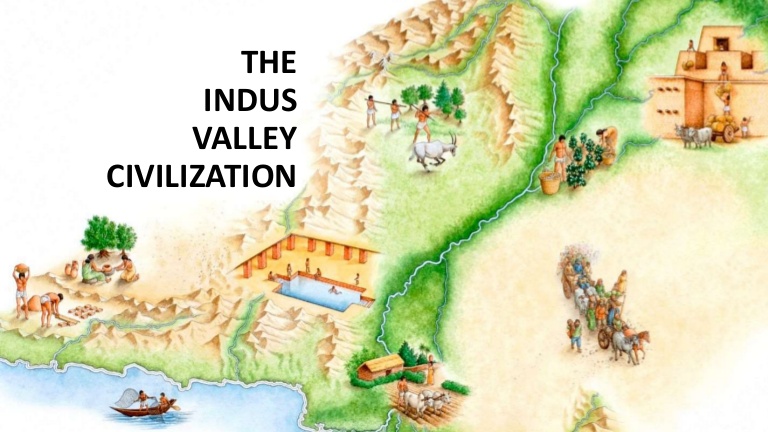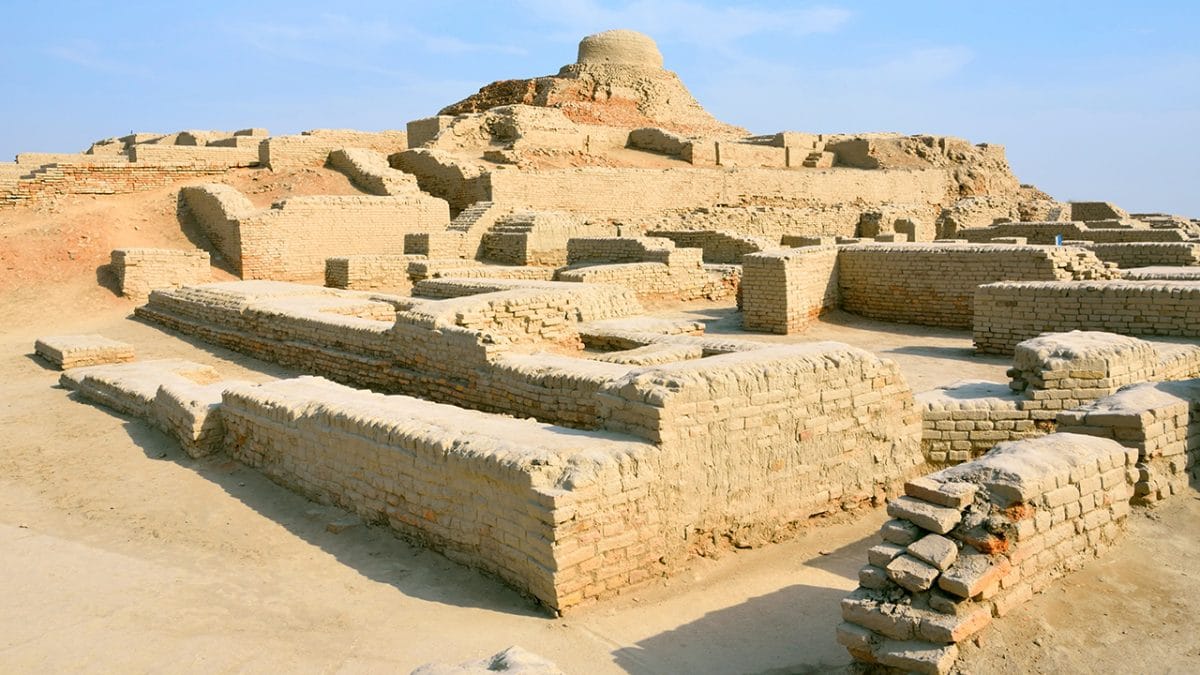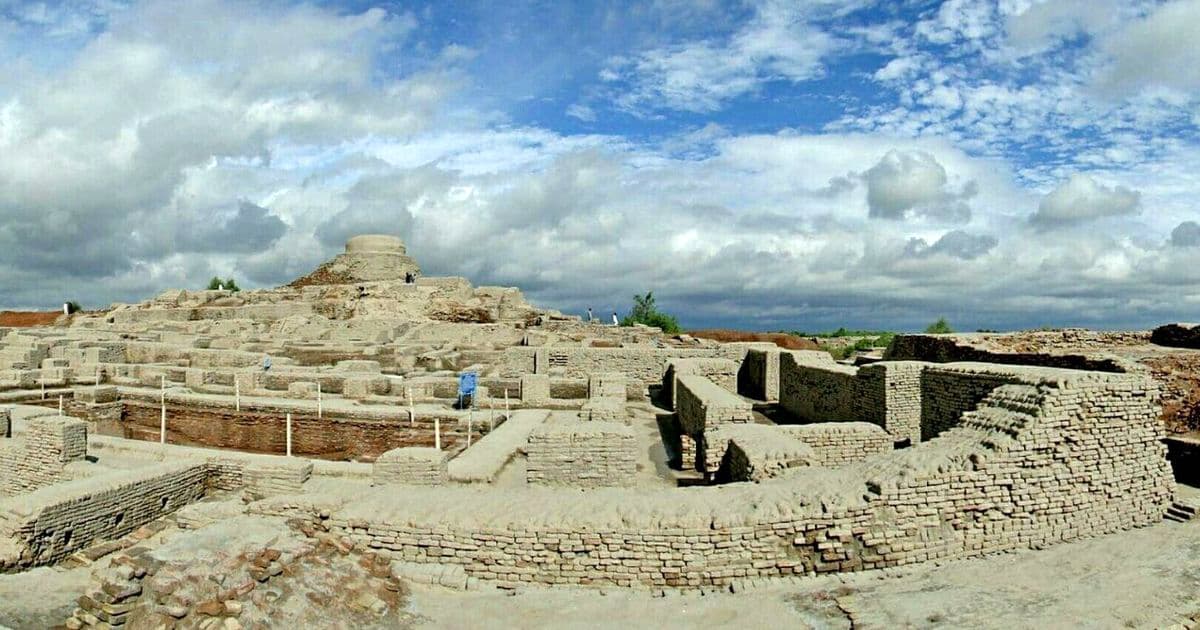Indus Valley Civilization : The Facts and Findings of Indus
We have read in history about the Indus Valley Civilization. However, this curiosity is not over yet. How did the Indus Valley, from which the seeds of a civilization were sown, perish? The thirst for this question remains. There are many stories about the Indus Valley. They have also been shown in many movies. How many stories have been written? However, its reality is still a mystery.

Indus Valley Civilization
The new fact about Indus Valley Civilization
According to Aryabhata, the battle of Mahabharata took place in 3137 BC. Around this time, the Indus Valley Civilization was at its peak. According to earlier excavations and research, the Harappan and Mohenjo-daro civilizations were founded in 2600 BC. Some historians date this civilization from 2700 BC to 1900 BC.
Scientists from IIT Kharagpur and the Indian Department of Archeology have brought new facts about the antiquity of the Indus Valley Civilization. According to him, it was not five thousand five hundred years old but eight thousand years old. Researchers have also found evidence of a civilization 10,000 years before the Harappan civilization. This means that the civilization existed when it began to decline during the time of Lord Rama (5,114 BC) and Lord Krishna (3,228 BC).
In any case, it seems certain that the Indus Valley Civilization existed during the Mahabharata period. In the Mahabharata, this place was called Indus Country. At that time, the king of the Indus country was Jayath. Jayathrath was married to Dusshala, daughter of Dhritarashtra. Jayatha had sided with the Kauravas in the Mahabharata war and played an important role in the death of Abhimanyu during the Chakravyuh.

Indus Valley Civilization
Ancient Indus civilization
The Indus country refers to the ancient Indus Valley Civilization. Not only was the place famous for its art and literature, it was also a pioneer in commerce and trade. The Indus Province of present-day Pakistan was called the Indus Country in ancient times. In Kalidasa’s epic Raghuvansha, it is mentioned that a country called Sindh was given to Bharat by Rama. Greek writers refer to the cities of the Indus in describing Alexander’s invasion of India. Mohenjo-daro and Haddappa were the two largest cities in the Indus.
A new study claims that climate change may be the main reason for the collapse of the nearly 4,000-year-old Indus Valley Civilization. The study claims to have settled a long-running debate over the source and existence of the Hindu holy river Saraswati.
Read more
The study also introduces new data from the Department of Archeology and state-of-the-art geological technology. According to it, the water level of the river has been declining due to the decline in monsoon season, which has played an important role in the decline of Harappan culture. The Hadappa culture depended entirely on the flow of the river for its agricultural activities.
The findings, published in the journal Proceedings of the National Academy of Sciences, involved an international team using satellite imagery and topographic data and analyzing digital maps of the Indus and surrounding rivers. To detect changes in terrain over time, they collected samples of the original source of the material that had settled in the lower reaches of the river. Attempts were made to find out from these samples what changes took place in the samples due to river or wind.

Indus Valley Civilization : How Did It Started
“We tried to recreate the plains, where the Indus Valley Civilization developed 5,200 years ago, became its cities, and became 3,900 to 3,000,” said Liviu Geoson, a geologist at the Woods Hole Oceanographic Institute in the United States. Gradually he collapsed years ago.
“Our study indicates that the river’s flow has been declining due to a decrease in monsoon rainfall, which has played a significant role in both the development and decline of the Harappan culture,” Geoson said. The study, conducted between 2003 and 2008, also claims that the mythical Saraswati River did not receive water from the Himalayan glaciers as mentioned earlier. According to the researchers, the main source of water in the Saraswati River was monsoon rains and due to climate change, it became a river that flows only in certain seasons.
Comment Here!